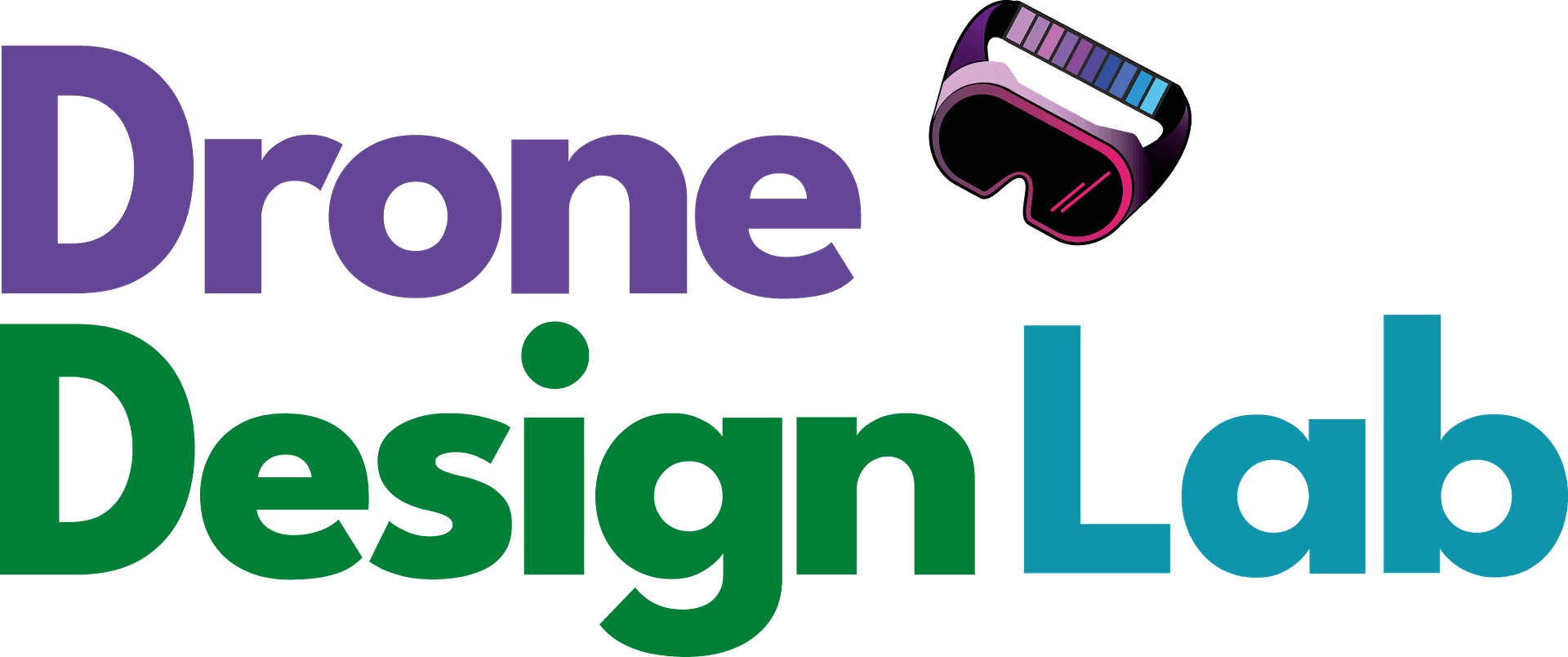Can drones be a role model for a country’s development, for example in developing Eastern European countries?
Drones can indeed play a role in modernizing a country and addressing various infrastructure and development challenges. Here are some ways drones can contribute to the remodernization of a country:
- Infrastructure Planning and Mapping: Drones equipped with cameras and sensors can efficiently survey and map existing infrastructure, including roads, railways, buildings, and energy systems. This data can provide a comprehensive understanding of the existing infrastructure and assist in planning and designing modernization efforts.
- Small-Scale Business Opportunities: Drones offer opportunities for entrepreneurship and small-scale business development in developing countries. Local communities can utilize drones for aerial photography, mapping services, delivery logistics, and other innovative applications, fostering economic growth and creating job opportunities.
- Rural Connectivity: Drones can help bridge the digital divide in rural areas by providing connectivity solutions. They can be equipped with communication technologies to create temporary or permanent networks, enabling remote communities to access educational resources, telemedicine services, and online communication.
- Education and Skill Development: Drones can be used as educational tools to enhance learning experiences. They can be integrated into STEM (Science, Technology, Engineering, and Mathematics) curricula, teaching students about drone technology, coding, and problem-solving. Drones can also deliver educational materials and resources to remote schools or communities with limited access to educational facilities.
- Infrastructure Inspections and Maintenance: Drones can inspect and monitor existing infrastructure, such as roads, bridges, and energy systems, in a cost-effective and efficient manner. They can identify maintenance needs, structural deficiencies, and areas requiring improvement. This data can inform targeted investments and interventions to upgrade and modernize infrastructure.
- Energy Transition and Renewable Sources: Drones can be used to assess the potential for renewable energy generation, such as solar and wind power, by conducting aerial surveys and analyzing terrain and weather patterns. This information can guide the installation of renewable energy systems, reducing dependence on traditional energy sources and promoting sustainable development.
- Emergency Response and Disaster Management: Drones can aid in emergency response and disaster management by providing real-time situational awareness and conducting search and rescue operations. They can quickly assess damage, locate survivors, and support relief efforts in affected areas, especially in remote or hard-to-reach locations.
- Transportation and Logistics: Drones can support the transportation and logistics sector by delivering essential supplies, medical resources, and equipment to remote or inaccessible areas. They can help overcome challenges posed by inadequate road infrastructure and improve the efficiency of supply chains.
Environmental Monitoring and Conservation: Drones can monitor and assess environmental conditions, biodiversity, and deforestation. This information can inform conservation efforts and guide sustainable land-use planning.
Image Reference: Data source location Swan River, Australia 5m DEM LiDAR by Geoscience Australia which is © Commonwealth of Australia and is provided under a Creative Commons Attribution 4.0 International Licence
Link: https://www.ga.gov.au/scientific-topics/national-location-information/digital-elevation-data





